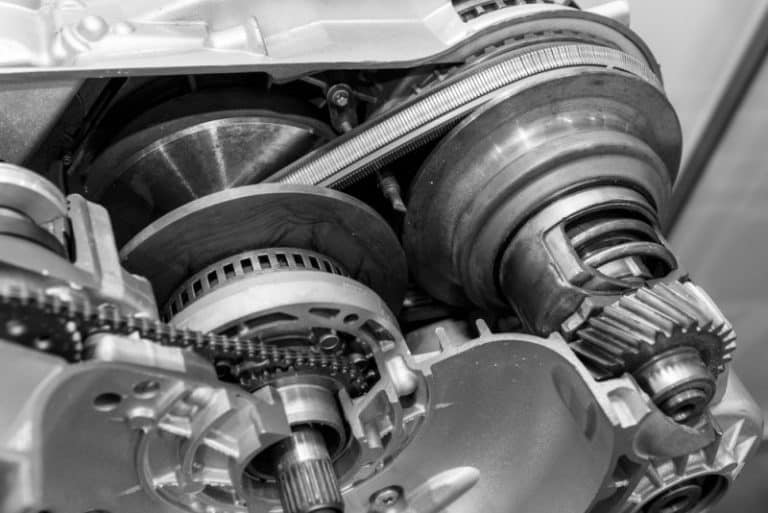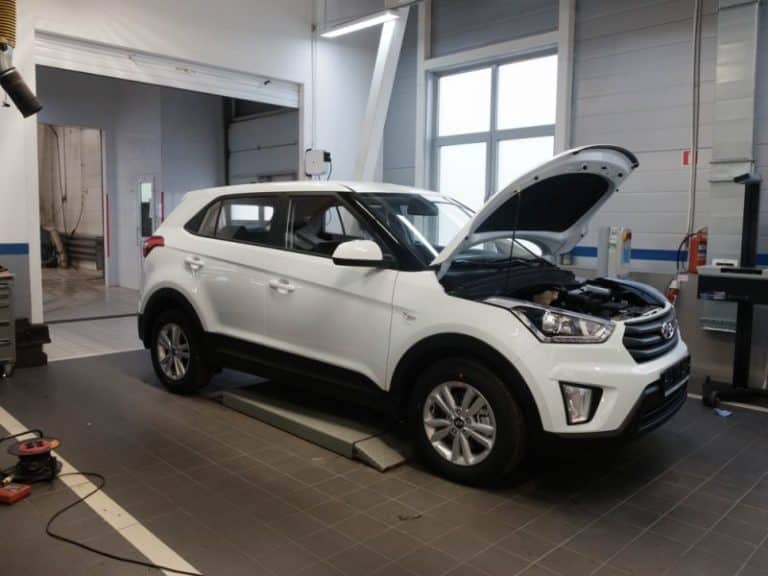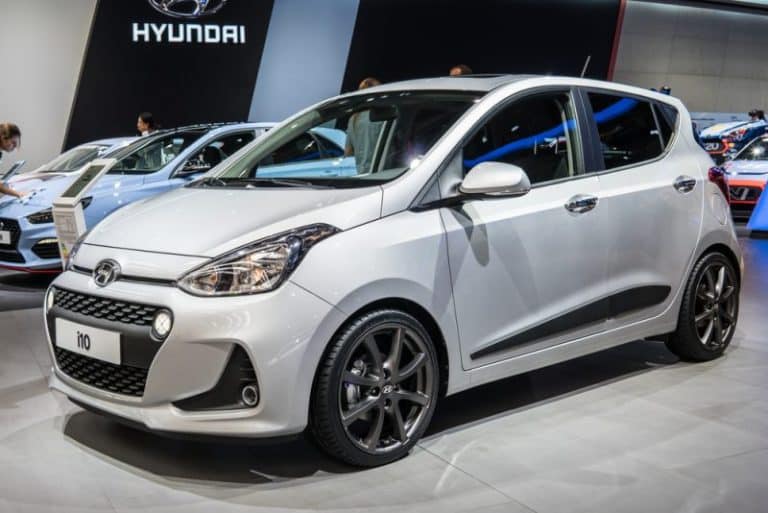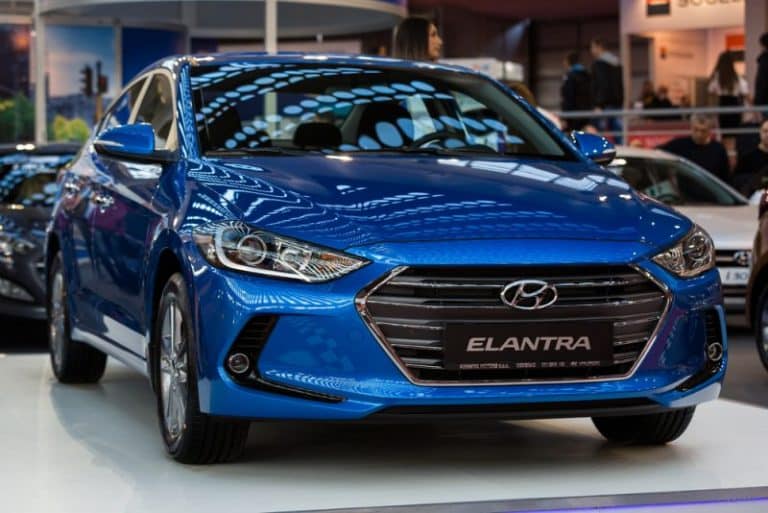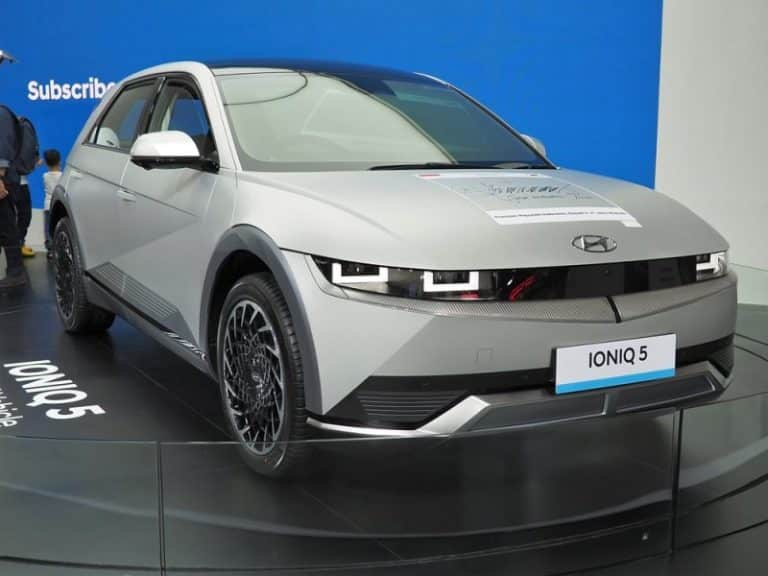Does Hyundai IONIQ Come With A Charging Cable? (Let’s See)
You may have a Hyundai IONIQ or intend to purchase one. You may also wonder whether it comes with a charging cable.
The mode of charging and the time taken to achieve a full charge may also be new to you.
In this article, you will find out all your need to know about the charging accessories of the Hyundai IONIQ and how to charge it.
The Hyundai IONIQ comes with a charging cable. This accessory is a portable charging cable type that allows you to charge your Hyundai IONIQ electric or hybrid car. This cable charges on a standard outlet at home or public charge stations.
What Does the Hyundai IONIQ Come With?
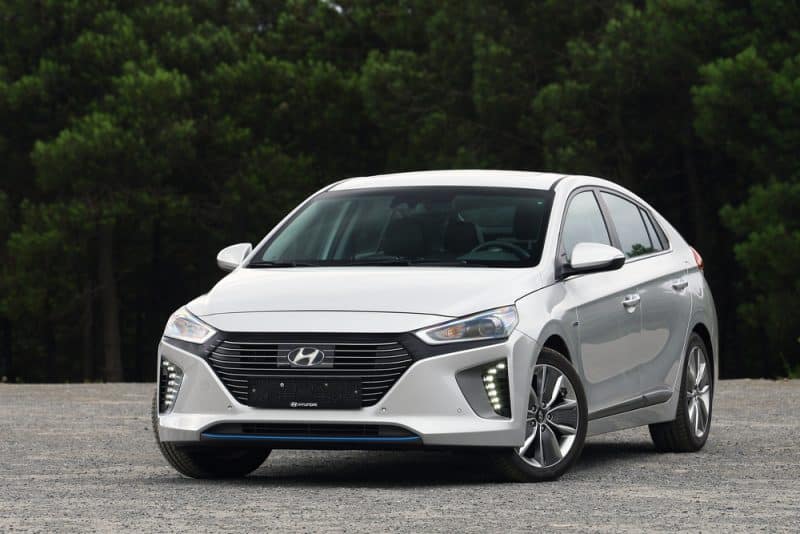
The Hyundai IONIQ comes either as a hybrid vehicle or as a Hyundai electric car. Whichever model you have, some accessories are always present at the point of purchase.
Several accessories like a foot mat, trunk organizer, and a Fob Case Cover fit are standard accessories of the Hyundai IONIQ vehicle.
In addition, the electron 240 –V 16 AMP level charger is a vital accessory necessary for charging your vehicle.
This cable is a charging cable that allows you to charge your Hyundai IONIQ both at home and at public charging stations.
They come in different forms, the 1-phase at 16 A and 3-phase at 32 A.
These figures are significant because they signify the phase charging cables. They add their charges in phases, and the 3-phase 32A charges the battery faster.
Do You Have to Charge the Hyundai IONIQ Hybrid?
The Hyundai IONIQ hybrid comes in two forms: the plug–in-type and the self-charging type.
You do not need to charge the Hyundai IONIQ self-charging type because a 1.6-liter gasoline engine powers it.
The Hyundai IONIQ is a hybrid vehicle that works with two systems connected parallel to one another; the gasoline system and the electric system.
The gasoline system comprises an engine powered by gasoline. A battery powers the electrical system. The Hyundai IONIQ battery is an 8.9 KWh lithium-ion polymer battery.
This battery help supplies a power source when the car is accelerating.
The Traction Battery is between the car’s transmission and the gasoline-powered engine.
This battery assists the gasoline-powered engine in saving more fuel by powering the car when the car is coming to a halt or shortly before the internal combustion engines take over.
The high-capacity battery does so by regenerative braking and auto-stop technique.
In regenerative braking, the Traction Battery converts the energy that may be lost as heat when the car slows down or grinds to a halt.
It converts this energy to kinetic energy and stores it in the 8.9KWh Li-ion battery.
This energy charges the battery while the battery continues to support the gasoline engine when it accelerates the car.
How do I Charge the Hyundai IONIQ?
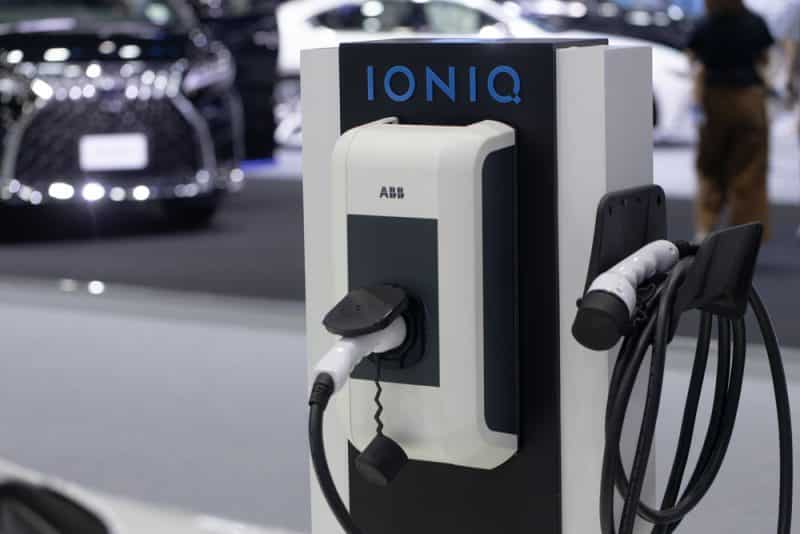
As with a lot of other electrical appliances, there are usually several ways with which you could charge them.
Significant charge characteristics include the charging speed, the charging cable type, surrounding temperature, and the maximum charging capacity of your Hyundai IONIQ.
The Hyundai IONIQ uses the CCS charging standard. This system has AC and DC inlet ports. The inlet port axis demarcates into the top and bottom portions.
The inlet port receives the connector, which is the output interface of the cable. The connector comes in two forms; type two, above, and the CCS, located below.
The type 2 connector receives the electric car charger considered slow, while the CCS receives the rapid charging outlet.
Charging AC or DC requires you to plug the charging cables of your Hyundai IONIQ into a corresponding inlet.
For a rapid charge, when properly connected, it may take only 40 minutes to charge from 0%-80%, and a slow connector would do the same in about 13 hours.
You can charge your Hyundai IONIQ car at home or at public charging stations. Charging at home is probably the most convenient and cost-effective way to charge your Hyundai IONIQ car.
All you must do is install a charge point in your house to enjoy these services from the comfort of your home.
The car may automatically unlock itself at a charging station and release the connector. However, in some cases, the car may not do so.
There are several ways to release the connector:
- First, turn off your car and then hit the unlock button on your remote control.
- Hit the open button on your driver’s side door handle
- You can activate an emergency release by opening the trunk
Public charging stations also exist in locations close to you. The payment and charge methods of these public charge stations vary, so the charges for the home service also vary.
For many public charge stations, charges are free but only limited to the slow charge.
To access the charge points, you must pay a subscription fee at the rate of 3-6 p/mile based on an on-the-ground assessment.
Some factors affect the speed with which the Hyundai IONIQ charges. This factor includes
#1. Ambient Temperature
Your Hyundai IONIQ would charge rather slowly in cold temperatures. That is because heat tends to speed up the chemical reactions that initiate the electrical processes.
So ensure to find an enclosure where the temperature rises before charging your car.
#2. In-Vehicle Energy Loads
Further, the electrical loads you have within your vehicle can slow down your charging speed.
Examples of these loads may include leaving a car stereo on and an outlet with a USB connection. Ensure to unplug all of these before you engage the charge stations.
#3. Upper and Lower Limits of the Battery Level
The battery charges fastest when it falls within 20-80%. Values below and beyond these levels are usually slow.
Therefore, ensure that you stop charging above 80% and don’t allow the battery to fall below 20% before you charge them.
Conclusion
The Hyundai IONIQ comes with a charging cable. However, the hybrid version exists in two forms, the self-charge, and the plug-in type.
The plug-in type is a completely electric car that requires charging.
You can charge the plug-in Hyundai IONIQ both at home and at commercial charge spots. However, the charges vary even at the commercial charge stations.
Some factors like the ambient temperature, the internal electric load, the type of cable used, and the state of charge significantly affect the charge speed.

